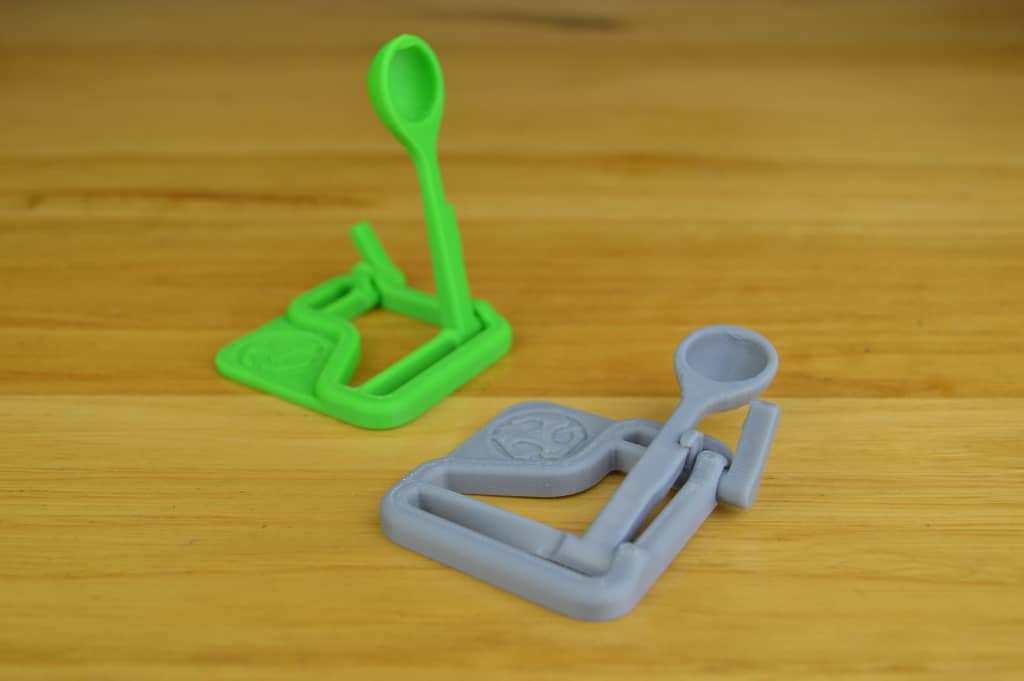
js内置对象的功能和用法
JavaScript (简称JS) 是一种脚本语言,被广泛应用于Web开发中。作为一门面向对象的语言,JS提供了许多内置对象,这些对象包含着各种功能和方法,可以帮助开发者更加高效地进行编程。
本文将介绍常用的一些JS内置对象,包括Math、Date、Array和String,以及它们的功能和用法,并提供具体代码示例。
- Math对象
Math对象是一个数学相关的内置对象,它提供了很多常用的数学计算方法。
Math对象的常用方法如下:
- Math.abs(x):返回x的绝对值。
- Math.ceil(x):返回大于或等于x的最小整数。
- Math.floor(x):返回小于或等于x的最大整数。
- Math.round(x):返回最接近x的整数。
- Math.max(x1, x2, …):返回一组数中的最大值。
- Math.min(x1, x2, …):返回一组数中的最小值。
- Math.random():返回一个0到1之间的随机数。
示例代码:
console.log(Math.abs(-5)); // 输出:5 console.log(Math.ceil(3.7)); // 输出:4 console.log(Math.floor(3.7)); // 输出:3 console.log(Math.round(3.2)); // 输出:3 console.log(Math.max(1, 2, 3)); // 输出:3 console.log(Math.min(1, 2, 3)); // 输出:1 console.log(Math.random()); // 输出:0.123456789(随机数)
- Date对象
Date对象用于处理日期和时间相关的操作。可以创建一个表示当前时间的Date对象,也可以通过指定日期和时间来创建一个Date对象。
Date对象的常用方法如下:
- new Date():创建一个表示当前时间的Date对象。
- new Date(year, month, day [, hours, minutes, seconds, milliseconds]):创建一个指定日期和时间的Date对象。
- Date.now():返回当前时间的时间戳。
示例代码:
var now = new Date(); console.log(now); // 输出:Mon Dec 20 2021 15:30:00 GMT+0800 (中国标准时间) var specificDate = new Date(2021, 11, 25); console.log(specificDate); // 输出:Fri Dec 25 2021 00:00:00 GMT+0800 (中国标准时间) var timestamp = Date.now(); console.log(timestamp); // 输出:1639977000000(时间戳)
- Array对象
Array对象是一种用于存储和操作一组数据的内置对象。可以通过字面量或构造函数的方式创建一个Array对象。
Array对象的常用方法如下:
- push(element1, element2, …):将一个或多个元素添加到数组末尾。
- pop():删除并返回数组的最后一个元素。
- shift():删除并返回数组的第一个元素。
- unshift(element1, element2, …):将一个或多个元素添加到数组的开头。
- concat(array1, array2, …):返回一个合并了多个数组的新数组。
示例代码:
var fruits = ['apple', 'banana', 'orange'];
fruits.push('pear');
console.log(fruits); // 输出:[ 'apple', 'banana', 'orange', 'pear' ]
var lastFruit = fruits.pop();
console.log(lastFruit); // 输出:pear
console.log(fruits); // 输出:[ 'apple', 'banana', 'orange' ]
var firstFruit = fruits.shift();
console.log(firstFruit); // 输出:apple
console.log(fruits); // 输出:[ 'banana', 'orange' ]
fruits.unshift('grape');
console.log(fruits); // 输出:[ 'grape', 'banana', 'orange' ]
var moreFruits = ['watermelon', 'kiwi'];
var allFruits = fruits.concat(moreFruits);
console.log(allFruits); // 输出:[ 'grape', 'banana', 'orange', 'watermelon', 'kiwi' ]
- String对象
String对象是用于处理字符串的内置对象。可以使用String对象的方法来操作字符串,例如拼接、查找和替换等操作。
String对象的常用方法如下:
- length:返回字符串的长度。
- charAt(index):返回指定索引位置的字符。
- indexOf(substring):返回子串在字符串中第一次出现的索引位置。
- substring(startIndex, endIndex):返回字符串中指定范围的子串。
- replace(oldValue, newValue):将字符串中的旧值替换为新值。
示例代码:
var message = 'Hello, World!';
console.log(message.length); // 输出:13
console.log(message.charAt(4)); // 输出:o
console.log(message.indexOf('World')); // 输出:7
console.log(message.substring(7, 12)); // 输出:World
var newMessage = message.replace('World', 'JavaScript');
console.log(newMessage); // 输出:Hello, JavaScript!
以上是常用的一些JS内置对象及其功能和用法的简介,通过这些内置对象的方法,我们可以更加方便地处理数学运算、日期时间、数组和字符串等操作。熟练掌握这些对象及其方法,可以大大提高JS编程的效率和质量。
原文来自:www.php.cn© 版权声明
文章版权归作者所有,未经允许请勿转载。
THE END




















































暂无评论内容